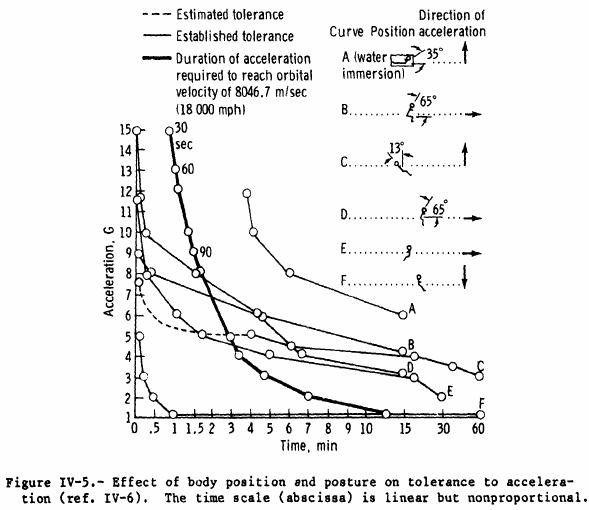The primary reason for placing astronauts in a seated posture instead of a standing posture is that it is the best posture to tolerate higher accelerations (and for a greater period of time). The seated position places the legs forward of the rest of the body. When the spacecraft accelerates in the forward direction, this displaces blood out of the legs and into the brain. In contrast, a standing position leaves the legs at the same level as the head, preventing the displacement of blood to the brain.
The results can be seen in the following graph from The Physiological Basis for Spacecraft Environmental Limits, p. 81:

The best tolerance is situation A, where the astronaut is immersed in water; however, this is impractical for a spacecraft. The next best tolerance is B, the seated position with forward acceleration, as is actually used on spacecraft. C and D are standing postures. The worst tolerance is F, standing headfirst.
Some less-important advantages of the seated posture:
- A seated human is slightly more compact than when standing. The most compact form is the fetal position; your mother's womb was your first "space capsule"!
- The two surfaces of the seat are better at restraining the astronaut in place than the single surface of a standing couch.
- When performing tests and training on Earth, seats are more ergonomic than a standing position.
